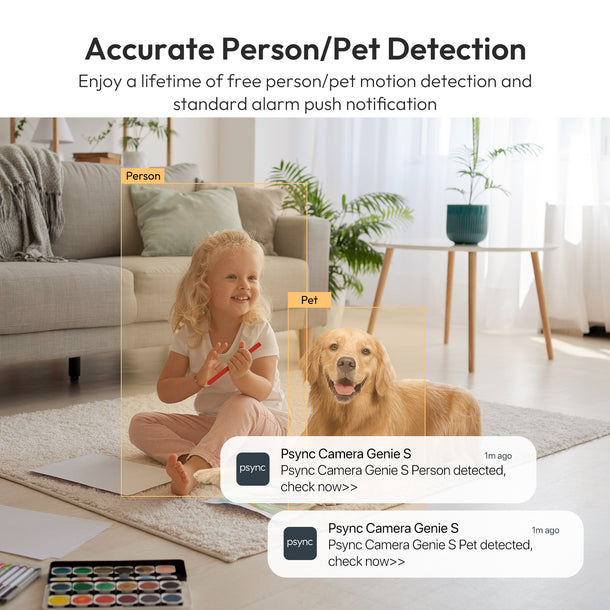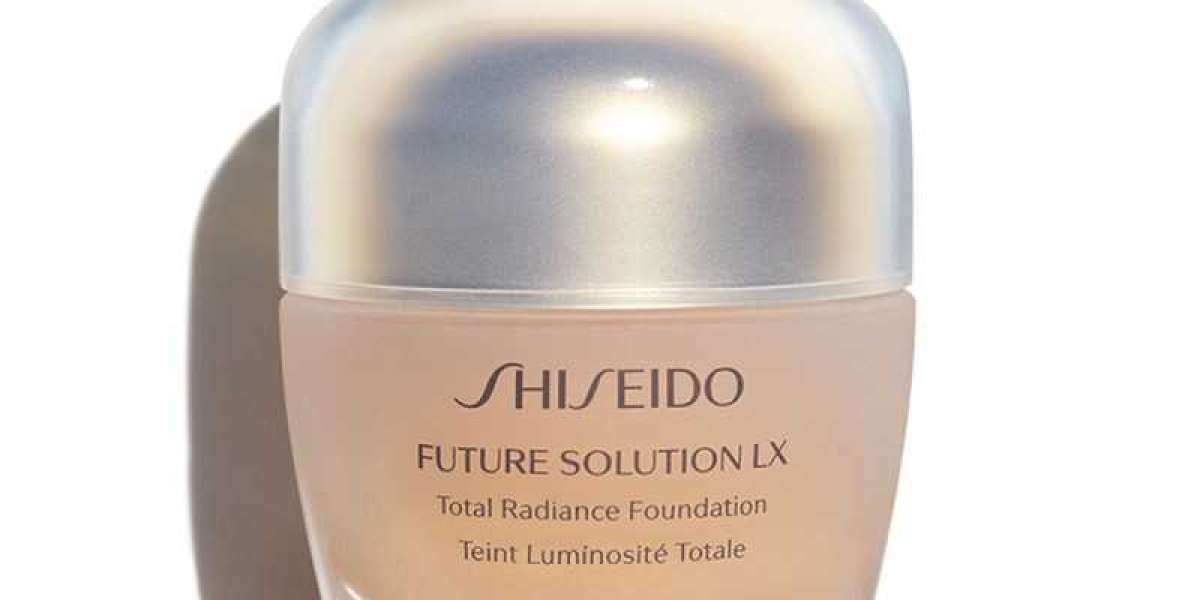Home security cameras have become an essential tool in protecting our homes and loved ones. With advancements in technology, setting up a home security camera system has become easier than ever. In this comprehensive guide, we will walk you through the step-by-step process of setting up your home security camera for optimal protection.

Choosing the Right Camera
The first step in setting up your home security camera system is choosing the right camera for your needs. There are various types of cameras available in the market, including indoor cameras, outdoor cameras, and doorbell cameras. Consider factors such as the area you want to monitor, the level of weather resistance required, and the specific features you need, such as night vision or motion detection.
Once you have chosen the right camera, it's time to move on to the installation process.
Installing Your Camera
Before installing your camera, it's important to determine the optimal location for maximum coverage. Consider areas such as entry points, driveways, and backyard. Make sure the camera is mounted at a height that provides a clear view and is out of reach from potential intruders.
Next, follow the manufacturer's instructions to mount the camera securely. Ensure that all cables are properly connected and hidden to avoid tampering. If you are unsure about the installation process, it's always a good idea to consult a professional.
Connecting to Your Network
Once your camera is installed, it's time to connect it to your home network. Most cameras can be connected wirelessly, but some may require a wired connection. Follow the manufacturer's instructions to connect your camera to your Wi-Fi network or router.
After connecting to your network, it's important to secure your camera to prevent unauthorized access. Change the default username and password to a strong, unique combination. Regularly update the firmware of your camera to ensure it has the latest security patches.
Configuring Your Camera
Now that your camera is connected to your network, it's time to configure its settings. Access the camera's web interface or mobile app to adjust settings such as motion detection sensitivity, recording schedules, and notification preferences.
Set up alerts to receive notifications on your smartphone or email whenever motion is detected. This will allow you to monitor your home in real-time and take immediate action if necessary.
Additionally, consider integrating your camera with other smart home devices for enhanced security. For example, you can connect your camera to a smart lock system to automatically lock your doors when motion is detected.
Remember to regularly test your camera to ensure it is functioning properly. Check the camera's field of view, image quality, and recording capabilities. Make any necessary adjustments to optimize its performance.
By following this step-by-step guide, you can set up your home security camera system for optimal protection. Remember to choose the right camera, install it correctly, connect it to your network securely, and configure its settings to suit your needs. With a well-designed and properly functioning camera system, you can have peace of mind knowing that your home is protected.



